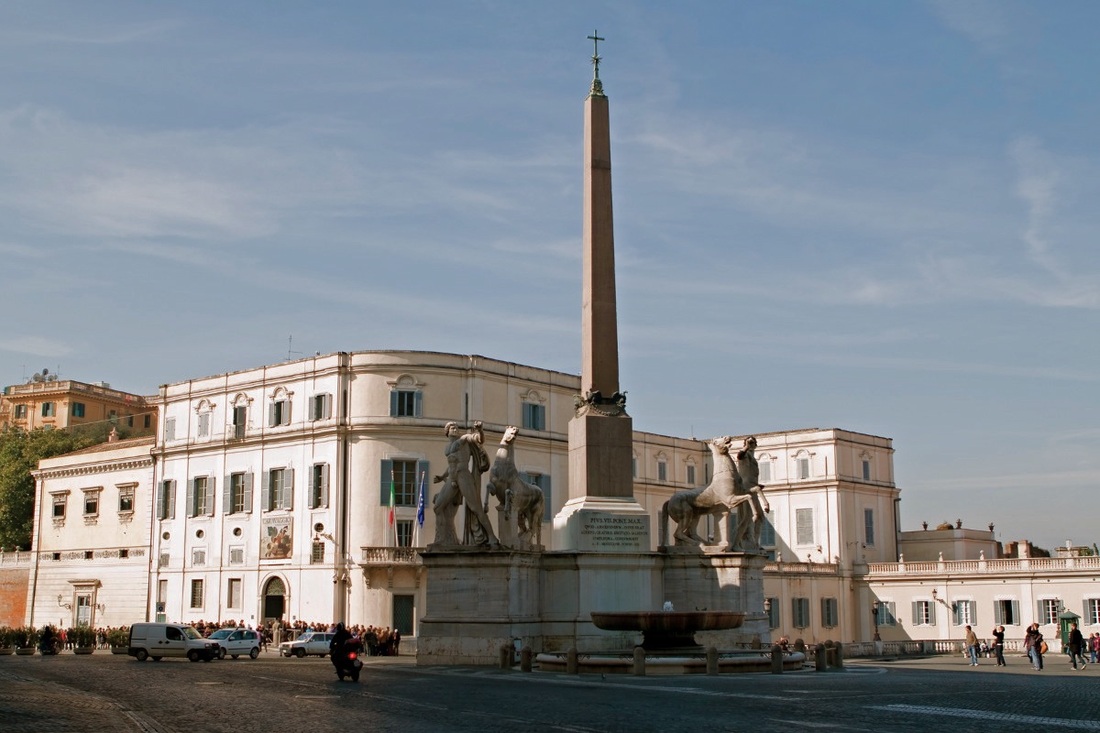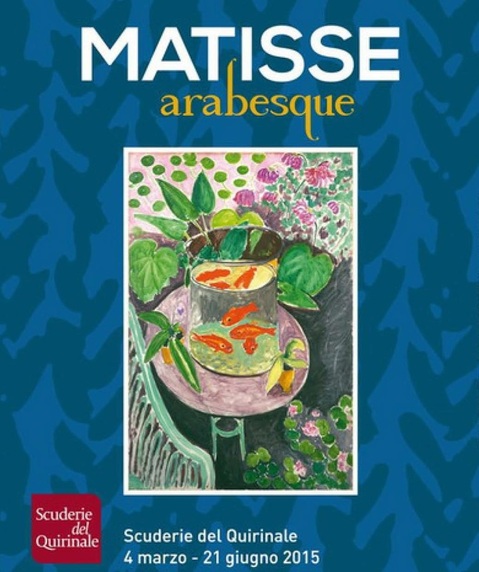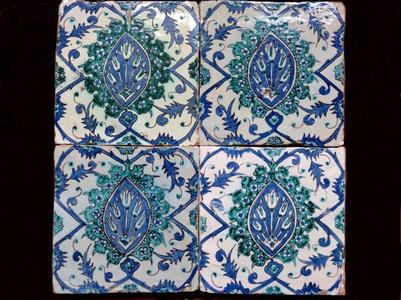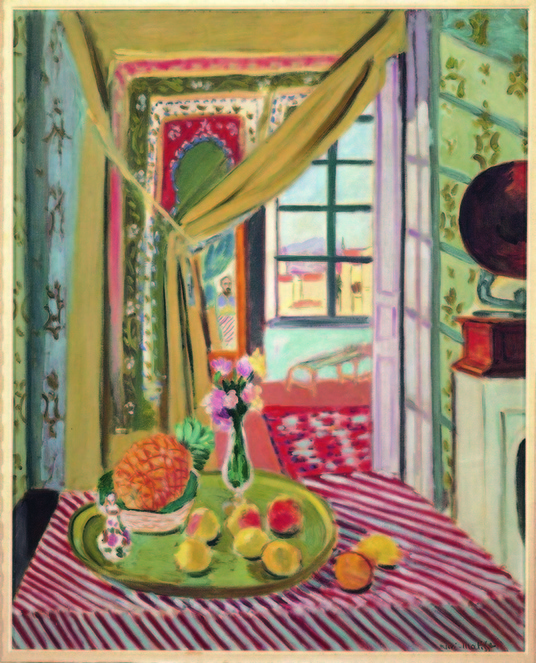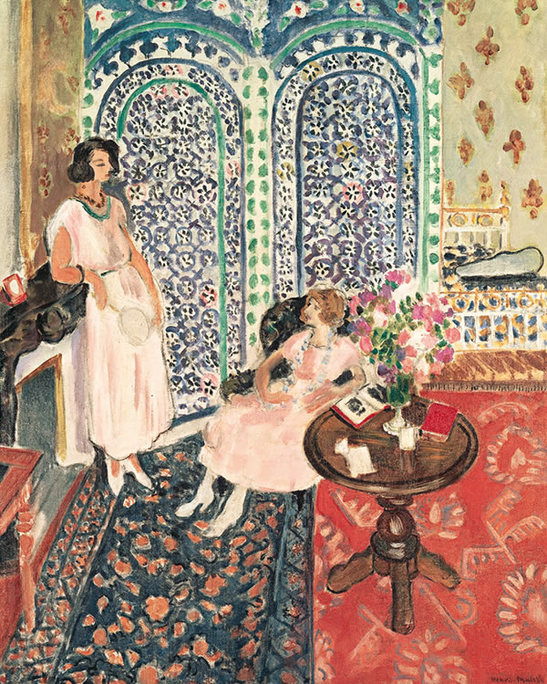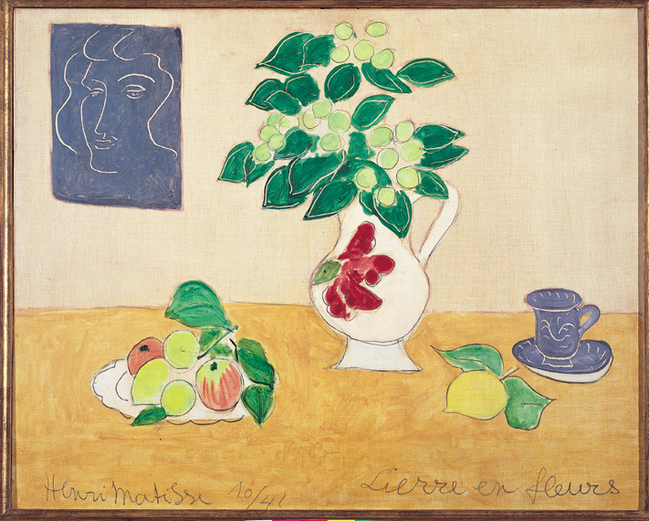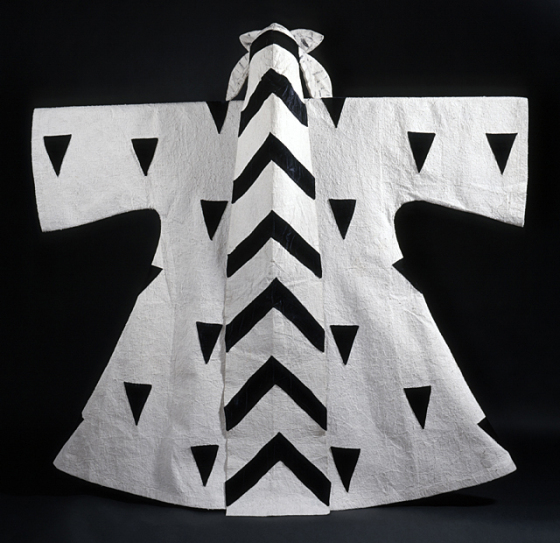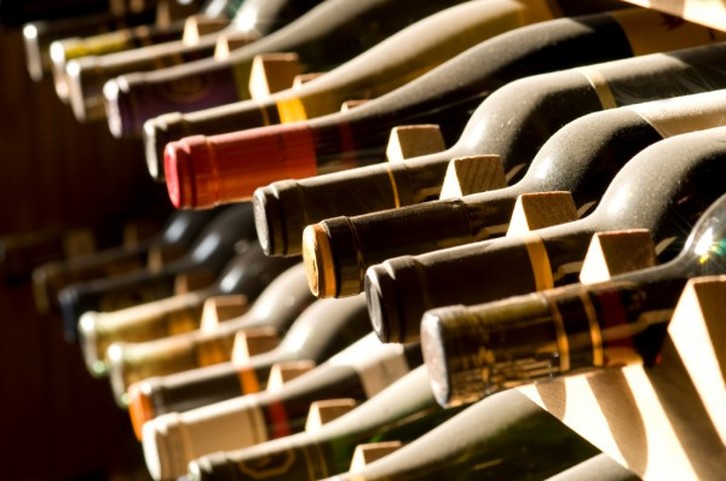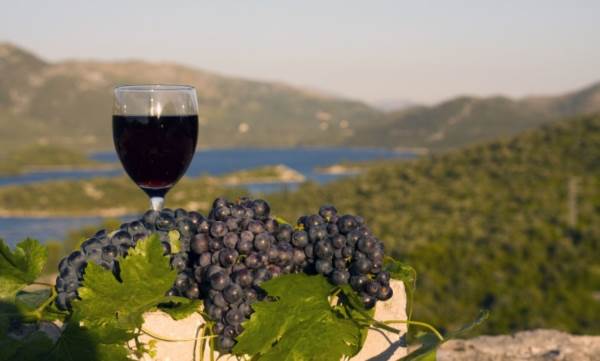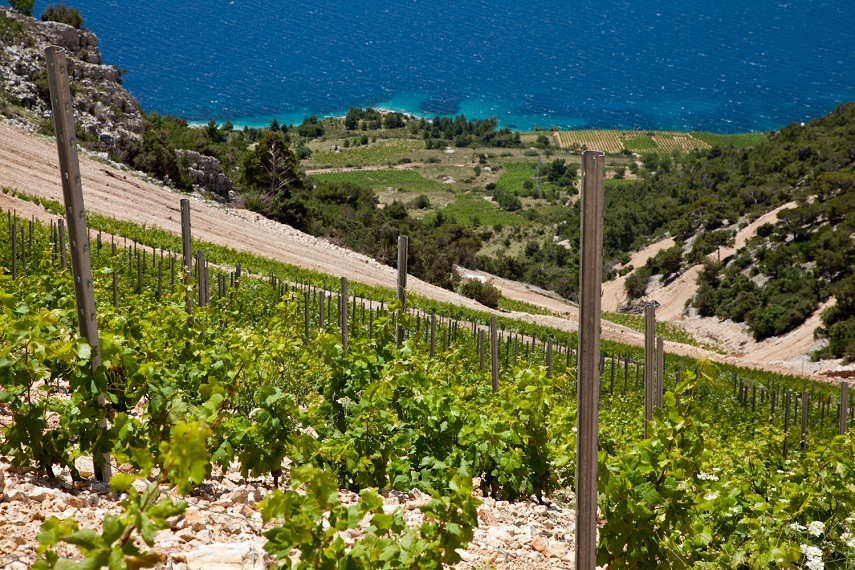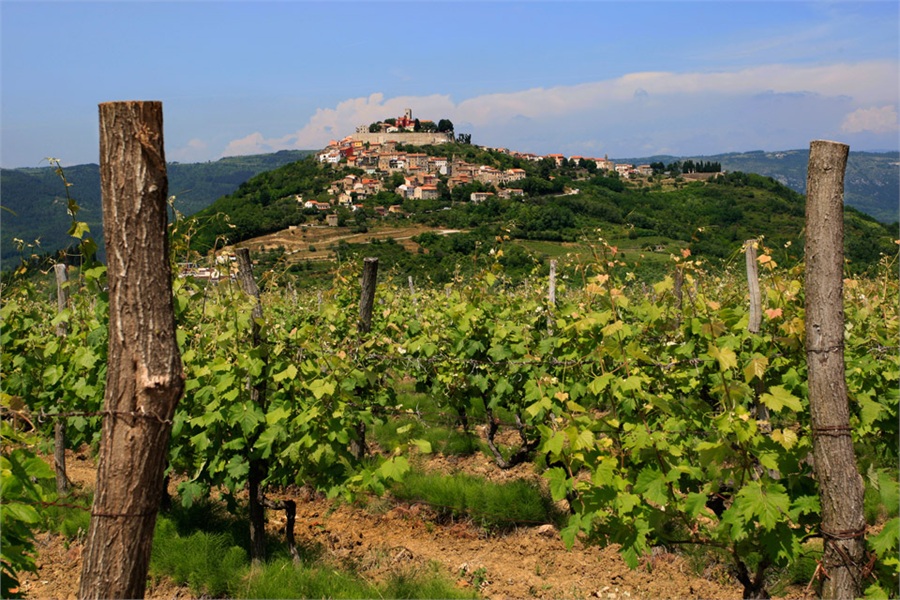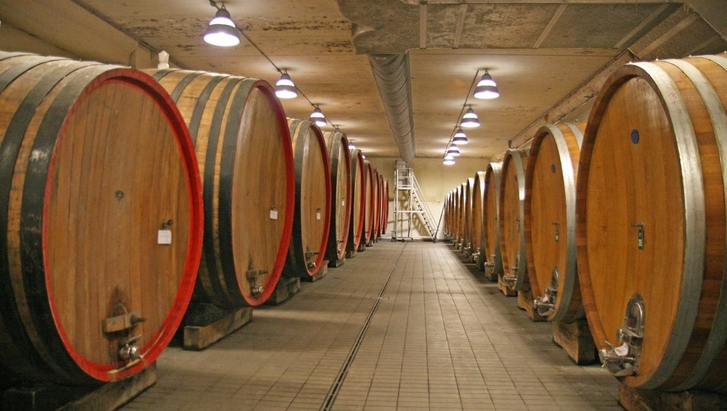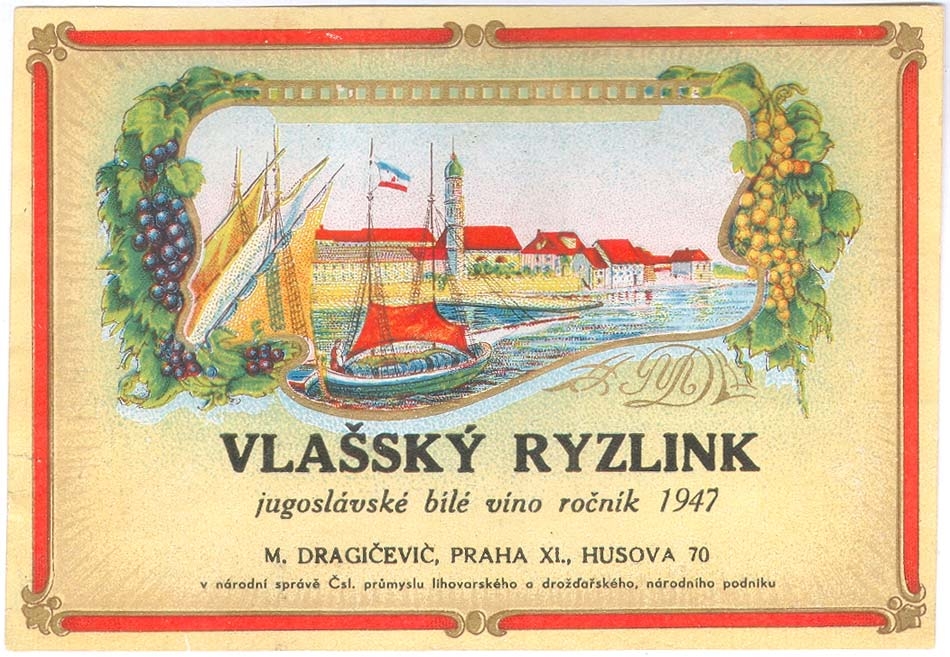Especially for Henri Matisse who fell in love with painting (the occasion was a health problem) and began to learn it when he was already an adult and had started to work as a lawyer.
|
If you are in Rome before the 21st of June, there is an exhibition that you absolutely cannot miss: "Matisse Arabesque", in the "Scuderie del Quirinale". For different reasons and not only for the magnificent Matisse's paintings, drawings and even ballet costumes that are exposed. About a hundred works all together, not in a chronological way but following the influences that inspired them. "La révélation m'est venue d'Orient " (the revelation came to me from Orient) wrote the French painter (who was born in 1869 in the North of France and died in Nice in 1954), in a letter, in 1947. This beautiful roman exhibition shows how the painter was deeply influenced by oriental art exposing many marvellous objects like ceramics, fabrics, masks... from Africa and Middle and Far East. Matisse discovered some of those countries travelling, in the beginning of the 20th century, in North Africa, Algeria, Morocco, Tunisia...and Russia. Also visiting the "Exposition Universelle" of Paris (1900) where Persia or Turkey had their pavilion. Or the Musée des Arts Décoratifs in Paris where he had the first impact with an "Islamic Art" exhibition when he was a very young man, in 1893. At that time, the western artists were rediscovering the Oriental world. And a little later, in the 1920, also the African art, seen as a liberator from formal constraints. Especially for Henri Matisse who fell in love with painting (the occasion was a health problem) and began to learn it when he was already an adult and had started to work as a lawyer. The intricate geometrical designs of the oriental arabesque entered in most of his paintings. The same motives and the same marvellous mélanges of green and blue of Turkish ceramics, or the reds of Moroccan fabrics, are very present in the paintings exposed at the Scuderie. The space is made with colours, often without any need for perspective, with just an incredible "joie de vivre" that explodes everywhere. In a aquarium with red fishes, through a Mediterranean window, in a vase with flowers, a palm three full of sun, the simple drawing of a tree with his stalks and leaves. Japanese culture is also very important for Matisse. When he designed the costumes for the Ballets Russes (Le Chant du Rossignol of Stravinski), in 1920, the Japanese kimonos were obviously the model, as we can see it in the Scuderie where we can admire the origin of all this essential beauty that Matisse offer to us. One of the most beautiful 16th century green and blue ceramic comes from Syria. It is very touching, especially in this dark period, to see all these testimonies of such a refined and old culture that gave so much to the world and to our greatest artists.
Dingac, Postup, Plavac, Posip, Grasevina... These are just some of the best types of wine you can find in Croatia. The first three are red, strong (because of the Mediterranean sun), and Dalmatian. Posip and Grasevina are white. The first is from the island of Korcula, the second, a sort of Riesling, is from the North of Croatia, the region of Slavonia, in the rich Pannonian plain that was, like Dalmatia, part of the Roman Empire. In Croatia, vineyards are an old tradition, especially in the southern islands where they existed already 2.500 years ago, thanks to the Greeks. And perhaps even before: it seems that the oldest inhabitants of Dalmatia, the Illyrians, that couldn't write, were able to make and to appreciate wine. According recent research, the famous Californian "Zinfandel", comes perhaps from them and is a cousin of the Dalmatian "Crljenak Kastelanski" and the "Primitivo" from the Italian Apuglia, across the sea. If you have a meal with a Dalmatian family, you will probably have to choose between a glass of wine or a "bevanda" that means "a drink" in Italian and is a mixture of red wine with water. In the North of the country, they will propose you a "gemist" (from the German Gemischt), as in Austria, a glass of white wine with sparkling water. The purpose of this "cocktail" is not only to have a long drink but, at least in the case of the "bevanda", originally, the aim was to disinfect the water that, especially on the islands, was rainwater from wells. But wine is not just a medicine. In the Middle Age, already, there were rules in the free towns as, for instance, in 1214, in Korcula, that protected the quality of the local wines. During the two centuries (in the fifteenth and the sixteenth) under the Turks (they invaded more than the half of the today's Croatia) that prohibited alcohol, the vineyards survived thanks to the catholic priests because they needed wine to celebrate Mass... Later, wine became one of the most important product of the agriculture, in the continental as well as in the coastal Croatia. In the North, between the rivers Drava, Sava and the Danube, in the Pannonian plain, but also in Istria, the Nord of the Croatian Adriatic coast, the most important wines are quite always white (like the refreshing Zlahtina of the island of Krk), very similar to the Austrian and Nord East Italian wines. There are no borders for vineyards! Even in the south, white wines are predominant (Posip on the island of Korcula, Bogdanusa on Hvar) but the most famous are red. Like the number one, the Dingac and also the Postup on the Peljesac Peninsula (not far from Dubrovnik), the Plavac Mali on Hvar, or the Plavac on the island of Brac. And we don't have to forget the famous "Prosek" that has nothing to do with the Italian-Venetian Prosecco but is a sweet, dessert wine. These last years, different Croatian wines have won international prices, regaining a place they had in the 19th century, when they were served at the Austrian Court. At that time, Croatia and Dalmatia were part of the Empire and the precious oak barrels that give sophisticated flavours to wine came from the Slavonia forest. At the end of the 19th century, the Phylloxera destructed the French vineyards, giving space on the European market, at least for a few years, until the terrible disease attaqued also the Croatian vineyards. It was the time, on the beginning of the 20th century, when so many Dalmatians went to North and to South America... with their knowledge of wine making!
Between the two world wars, the Phylloxera was just a sad remembrance and the Dalmatian wine regained his fame. Today, after half a century of a mediocre quality of wine production, there is a new generation of wine makers that wants to return to the quality of the past. And, from year to year, the improvement is visible! |
Archives
December 2019
|
